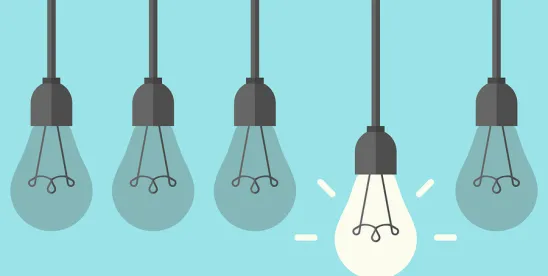There is a lot of buzz around blockchain technology, distributed energy resources (“DERs”), microgrids, and other technological innovations in the energy industry. As these innovations develop, energy markets will undergo substantial changes to which consumer and industry participants alike will need to adapt and leverage.
NEW YORK ALLOCATES $55 MILLION FOR LONG ISLAND ENERGY STORAGE
-
On July 3, 2019, New York Governor Andrew Cuomo announced a $55 million energy-storage financial incentives package for Long Island administered by the New York State Energy Research and Development Authority (“NYSERDA”). The program will offer both commercial and residential grants. The program’s commercial incentives will provide $250 per kilowatt hour (“KWh”) to stand-alone systems or solar-plus-storage systems with up to 5 megawatts of alternating current connection with load behind-the-meter or connected directly to the distribution system.The residential incentives, provided jointly with Public Service Electric and Gas Long Island (“PSEG-LI”), offer $250 per KWh for solar-plus-storage systems via the “NY-Sun Program,” as well as additional funding through PSEG-LI’s dynamic load management tariff. To jumpstart the program, the NYSERDA has made $15 million in incentives immediately available for energy storage installed at customer sites through its Retail Energy Storage Incentive Program.
-
The program has a two-fold purpose: (1) to help replace New York’s less efficient peaking units by reducing the cost of energy storage systems, and (2) to help scale the adoption of renewables to meet New York State’s goal of producing 100% clean electricity by 2040. These Long Island energy storage incentives build on the $280 million in incentives Governor Cuomo announced in April as part of a $400 million investment in energy storage across the state.
SHELL INVESTS IN CLEAN ENERGY BLOCKCHAIN-BASED PLATFORM LO3 ENERGY
-
On July 11, 2019, trade press reported that Royal Dutch Shell plc (“Shell”) and Sumitomo Corporation (“Sumitomo”), a large Japanese trading group, have recently invested in LO3 Energy, a blockchain-based energy startup. LO3 Energy is testing an Ethereum-based platform that will allow users to securely execute clean energy transactions across a peer-to-peer network. Because LO3 Energy’s platform, Exergy, tracks the source of electricity, the platform can verify that clean energy is actually involved in transactions executed over its network. Shell invested in LO3 Energy to help promote a “lower-carbon environment,” indicating that Exergy could help create such an environment by facilitating clean energy trading.
-
Sumitomo is investing in LO3 Energy, according to its press release, to “support LO3 Energy’s commercialization of blockchain-based community microgrids.” Citing the rapid growth of the distributed and renewable resources, Sumitomo notes that mature blockchain technology platforms will advance the “decentralized energy systems.”
ELECTRIC CAR OWNERS IN TUCSON RECEIVE NEWLY APPROVED RATES
-
On July 15, 2019, trade press reported that the Arizona Corporation Commission (“ACC”) approved an electric vehicle (“EV”) incentive plan for Arizona utilities to build more EV infrastructure, create implementation plans, and initiate EV pilot programs. Tucson Electric Power Co. (“TEP”) is utilizing the plan to make electric vehicles more affordable for its ratepayers. TEP plans to invest in infrastructure, such as charging stations, and to lower rates for EV customers.
-
Prior to the new incentive plan, ACC ordered TEP to adopt a unique rate for EV customers. Those EV rates were determined by existing “time-of-use” rates that are higher during peak demand. The new EV rates include a “super off-peak” rate from 10 p.m. to 5 p.m. This rate is the lowest rate TEP will charge. TEP believes the super off-peak rate will incentivize EV drivers to charge their vehicles during off-peak hours. If they do, TEP anticipates the rate will reduce strain on the electricity grid. An additional “demand charge” will occur during the highest usage period in a month.
-
Overall, TEP anticipates that EV customers will save $10 on average per month, outside of the demand charge period, because of the new rates.



 />i
/>i
